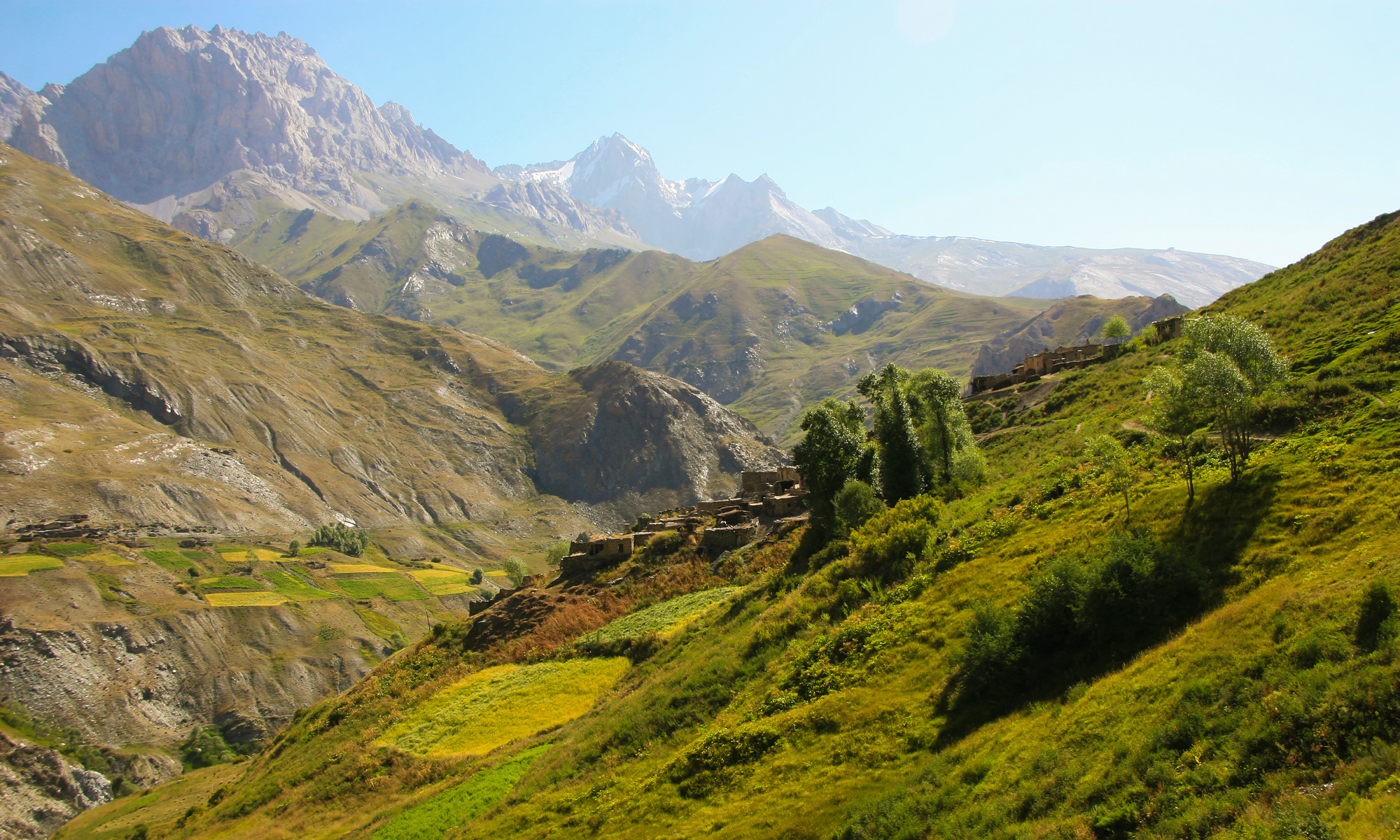When Culture Becomes Survival
Across the globe, heritage is woven into the fabric of everyday existence, expressed through lullabies, festivals, prayers, and crafts. These are not static artifacts but vibrant, evolving practices that are both delicate and robust. Today, numerous governments, organizations, and communities are developing innovative approaches to preserve intangible heritage. These initiatives offer valuable insights, highlighting the intricate interplay between history, social disparities, and cultural identity, benefiting not only those who uphold ancient traditions but society at large. Many of these traditions originate from communities that have endured prolonged periods of marginalization, including colonialism, forced displacement, and poverty. The remnants of these traditions often embody a complex mix of hardship and beauty. Increasingly, the wisdom embedded in these communities—regarding memory, resilience, ecological understanding, and interconnectedness—is recognized as essential for the entire world.
More Than Culture: Heritage as Resistance and Survival
In many impoverished regions, preserving heritage transcends mere nostalgia, serving as a crucial element for dignity, survival, and self-determination. Consider capoeira, a martial art born from African resilience in Brazil. Once suppressed by colonial powers, it has transformed into a global symbol of cultural strength, now thriving in diverse settings. For its practitioners, many of whom still grapple with racial prejudice, capoeira is more than an art form; it’s a vital connection to history, a declaration of identity, and an anchor to their roots.
In Morocco, traditional storytelling, known as halqa, was once a vibrant part of marketplace culture, sharing wisdom, humor, and tales of defiance. Originating from working-class communities, this oral tradition faced a decline with the advent of television and urban sprawl. Today, community initiatives are revitalizing halqa, reconnecting younger generations with their heritage not just as entertainment, but as a philosophical practice.
Similarly, in India, the Ramleela folk reenactments of ancient epics are kept alive by ordinary villagers, farmers, and laborers, rather than professionals. These extensive performances weave together religion, education, and theater, sustained by communal effort and shared belief rather than external funding.
These instances underscore a fundamental truth: heritage is not solely about the past; it is a powerful means of asserting presence in a world that often seeks to render certain communities invisible.
Why Protection Efforts Must Address Inequality
Disadvantaged communities are frequently shut out of national stories, their customs labeled as “backward” or “unofficial.” When intangible heritage finally gains recognition, the resulting benefits—grants, tourism, academic interest—often bypass the generations who have kept the tradition alive. Consider West African griots, oral historians and musicians once held in high esteem, who now often grapple with poverty and displacement despite their art’s global acclaim. In Indonesia, the international prestige afforded to batik through UNESCO has not translated into better conditions for many traditional workers, who continue to face low wages and inadequate recognition, threatening to turn a community-driven craft into an exclusive export. The core lesson is clear: intangible heritage cannot be protected without a commitment to justice, which demands that recognition be accompanied by funding, education, and inclusion. Without these elements, efforts to protect heritage are merely acts of appropriation.
Community-Led Protection: What’s Working
Against considerable odds, many of these communities have spearheaded novel heritage preservation models. These strategies are predominantly grassroots, locally driven, and guided by elders, women, and cultural workers.
- In Bolivia, Aymara and Quechua-speaking communities have revitalized weaving guilds, where young girls learn traditional motifs as they acquire their mother tongue.
- Kenyan Maasai elders manage cultural schools alongside conservation initiatives, demonstrating how ecology and heritage can mutually thrive.
- In Bangladesh, folk theatre is utilized to examine both tradition and societal issues—from land rights to women’s safety—connecting the past with the present.
- Uzbek and Tajik rural musicians are keeping oral epic traditions like the bakshi or falaki alive, even as modernization challenges their existence.
All these instances illustrate that superior heritage efforts do not aim to freeze the past; rather, they endeavor to provide living culture the vital space to breathe, transform, and lead.
The Yaghnobi Lens: Memory and Mountain Songs
The Yagnobi people of Tajikistan possess a linguistic gem, the last echo of the ancient Sogdian language, a testament to their unique heritage. Beyond language, their traditions encompass the melodies women sing to bees, the blessings uttered over crops, and the ancestral tales preserved by elders from before the Soviet era. The Yagnob Valley could certainly host its own Living Heritage School, an annual festival celebrating mountain crafts and narratives, and a community-led safeguarding committee, mirroring successful initiatives in the Philippines, Morocco, and Bolivia. The size of the community is less important than the conviction that their heritage possesses future value.
What the World Must Learn
The initiatives of minority groups—often undertaken with meager resources and in the face of substantial adversity—provide critical takeaways: Heritage must be community-driven, not dictated by distant bodies. Recognition needs to tackle inequality head-on, ensuring marginalized populations reap rewards. Preservation efforts should bolster both cultural dignity and economic viability. Stories, songs, and rituals are living knowledge, not just peculiar traditions. Most significantly, intangible heritage is an imperative human right, not a mere amenity.
Final Reflection: Listening is the First Step
As this series concludes, we revisit a core principle: the most potent traditions globally are seldom confined to textbooks. They are embodied in the way a grandmother prepares food, the custom of naming a child, or the blessing of a field. If we approach these traditions with a willingness to listen—not as mere onlookers, but as genuine partners—we may remember that our most significant stories are still unwritten.
